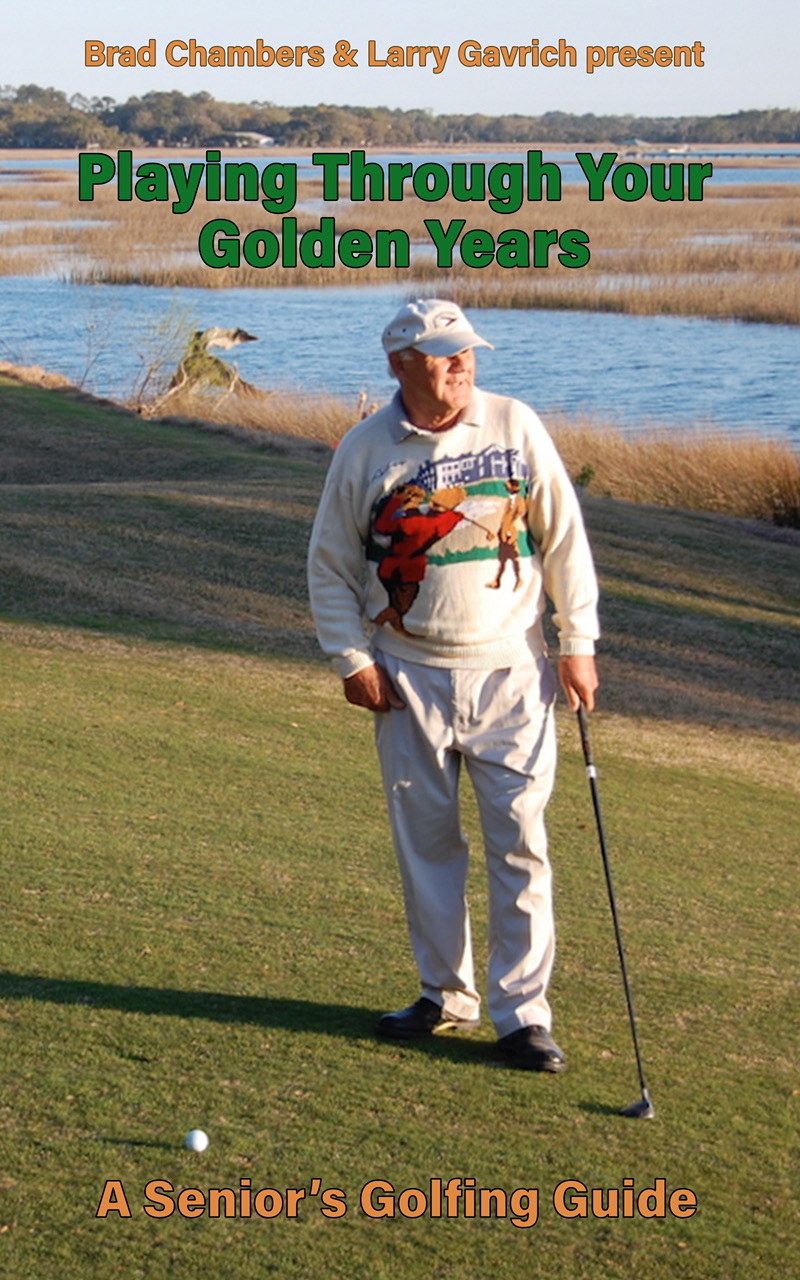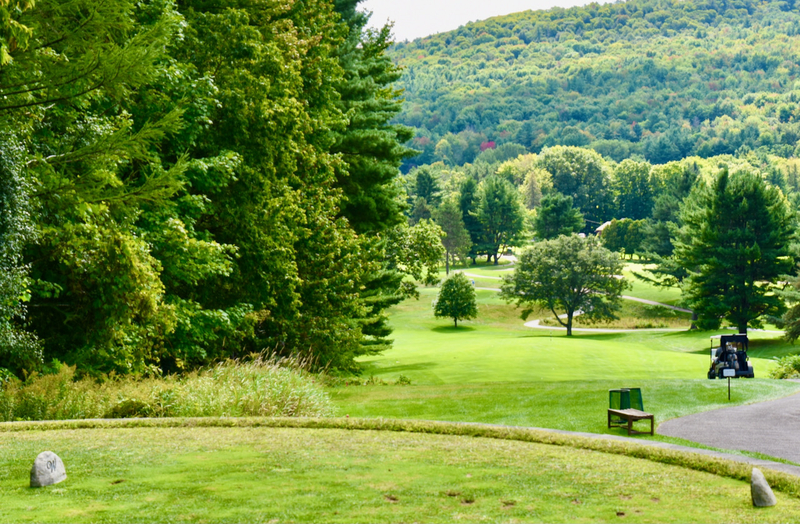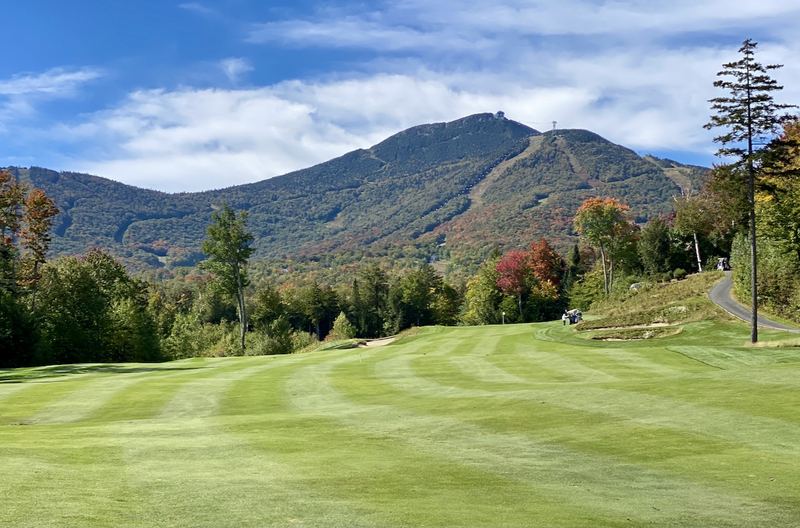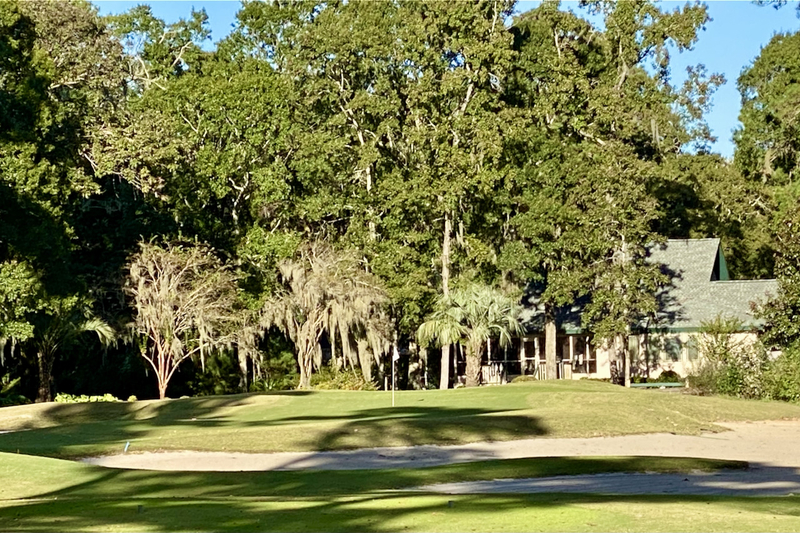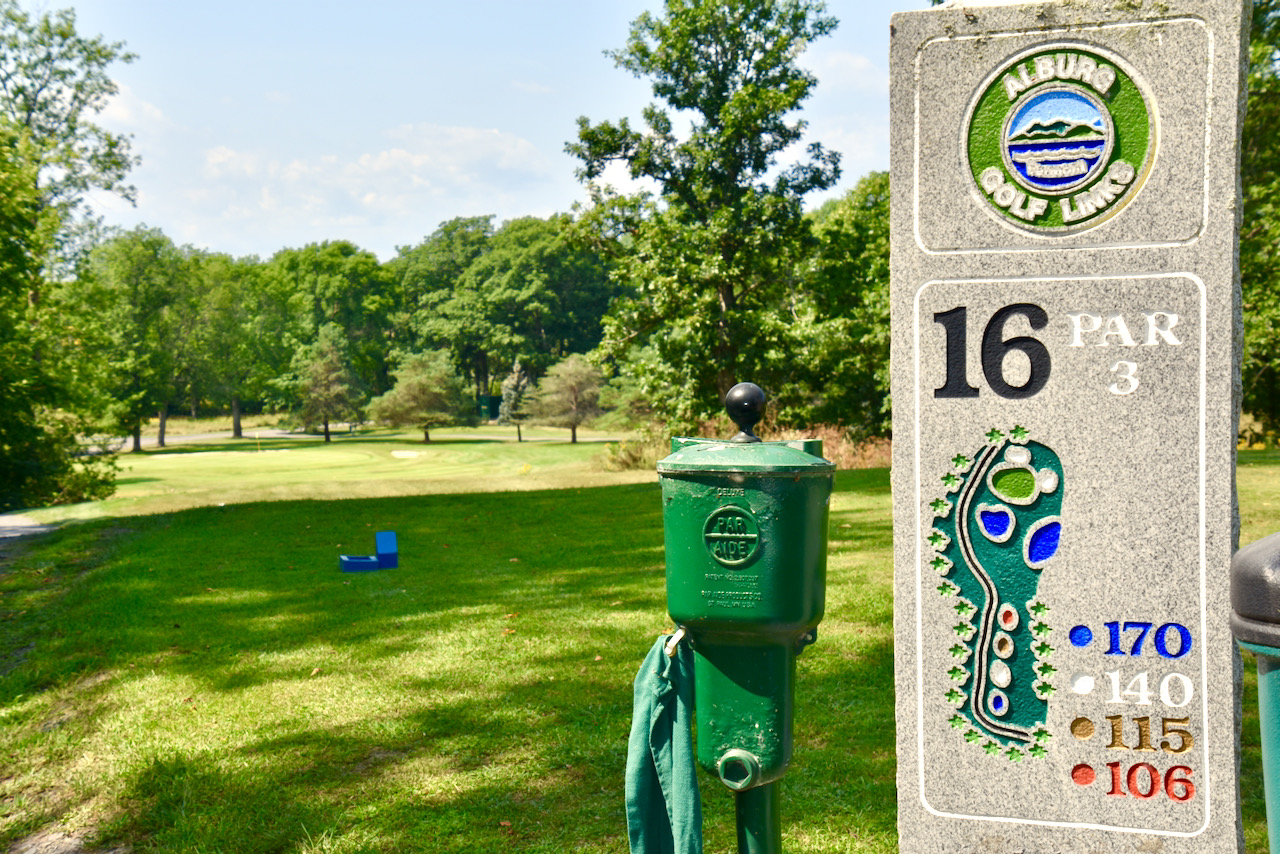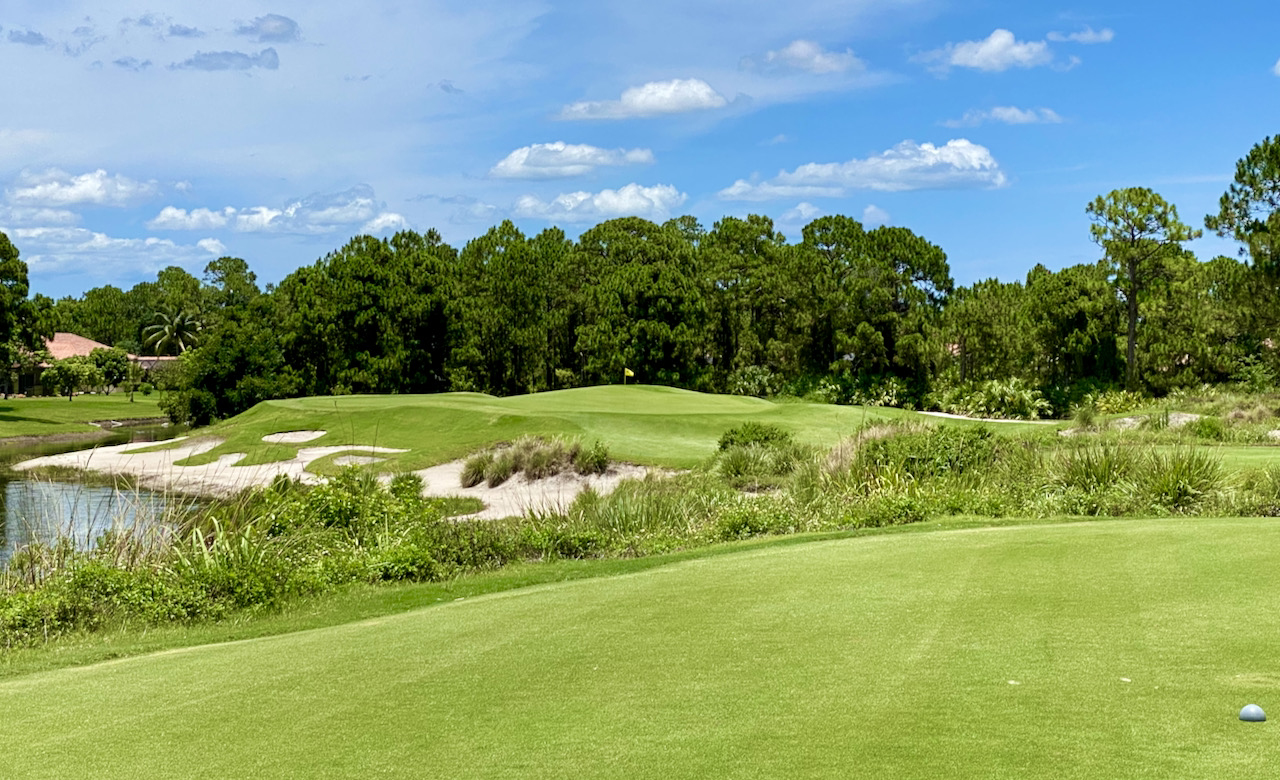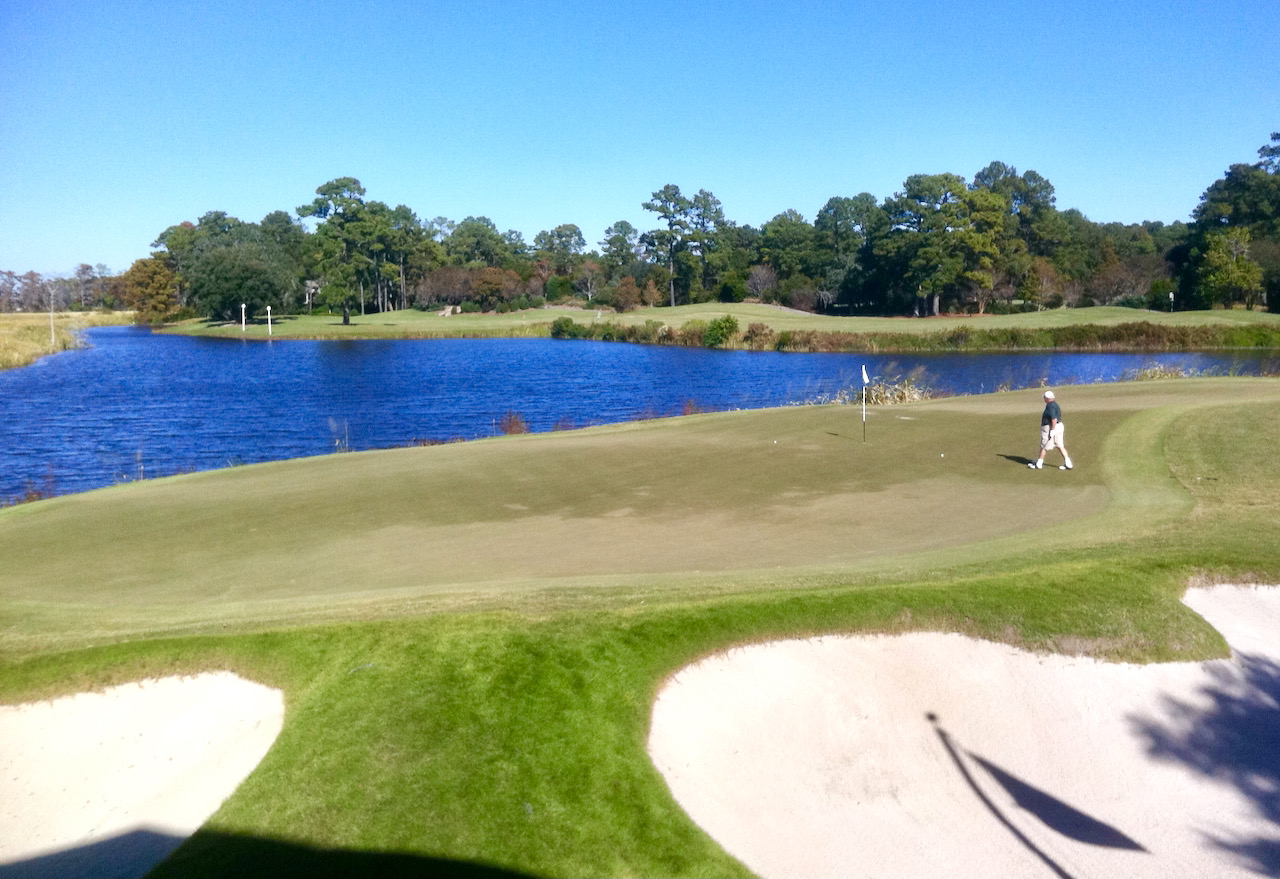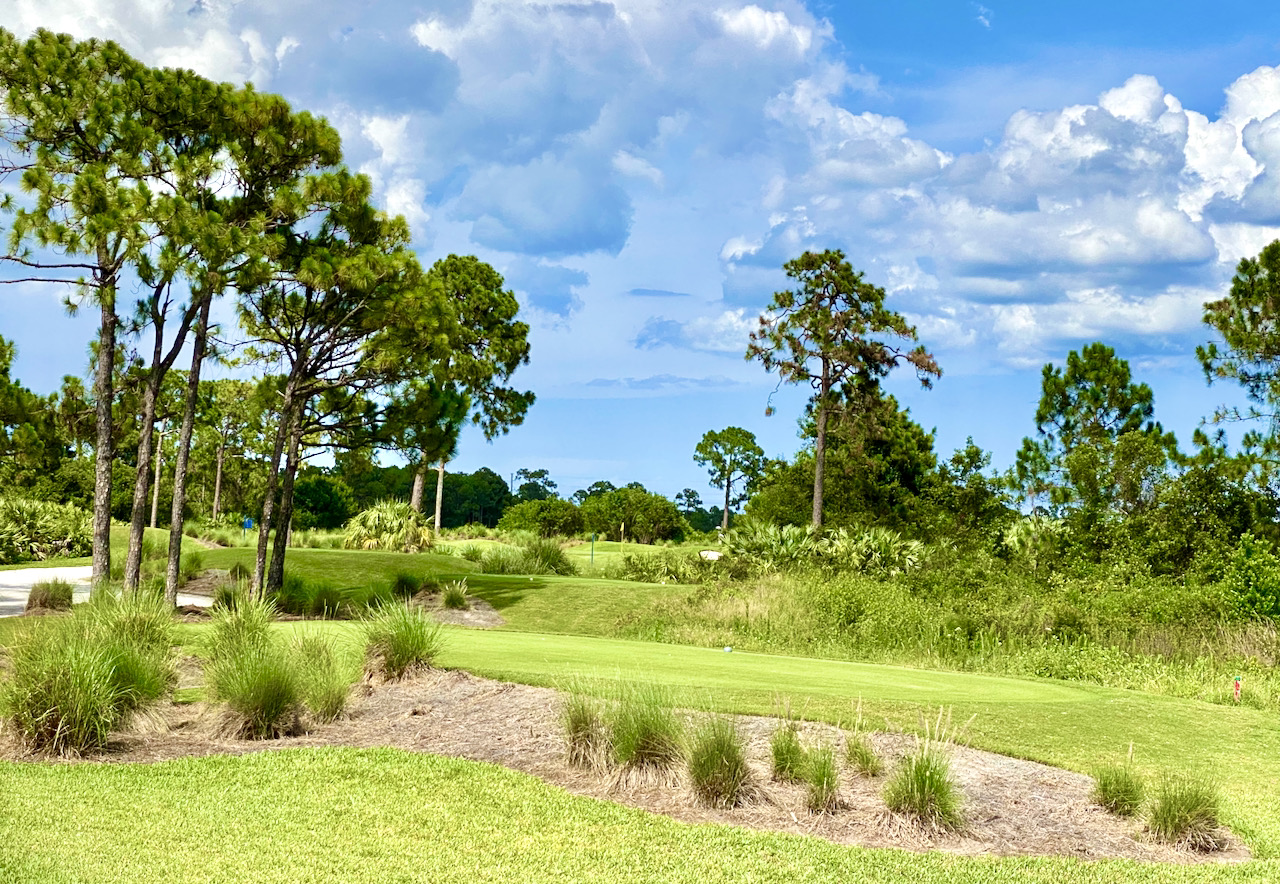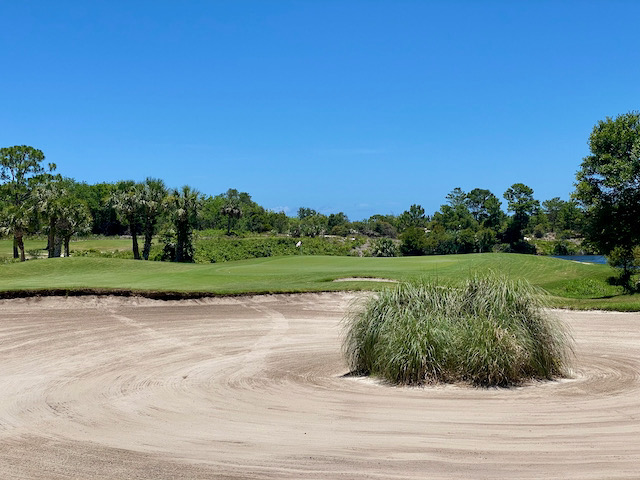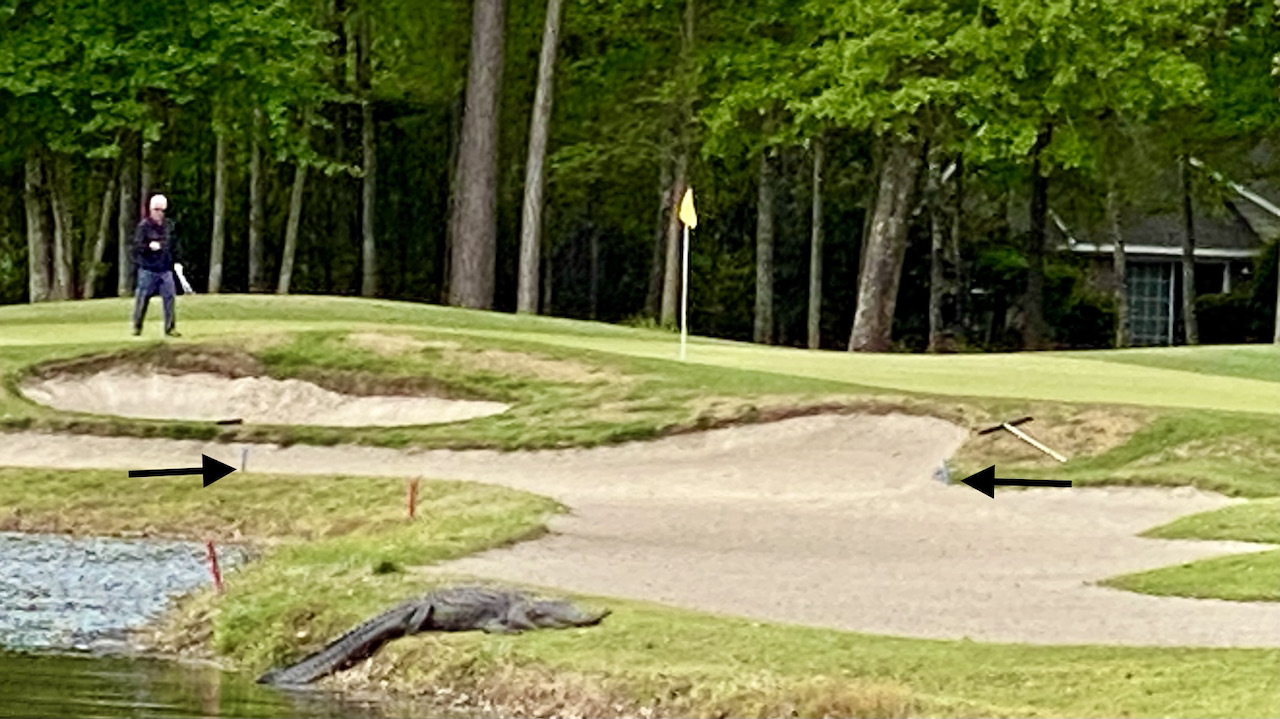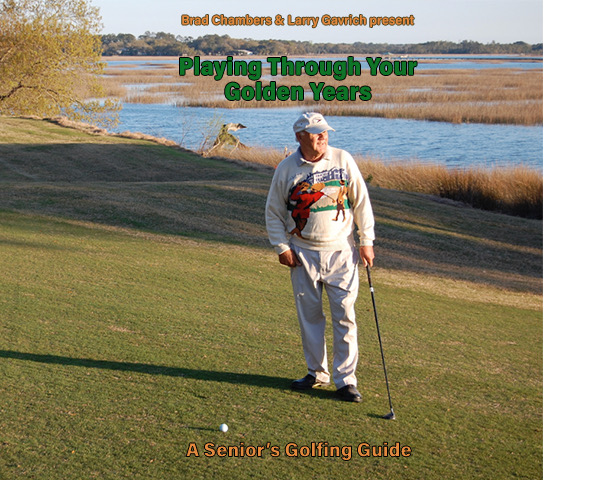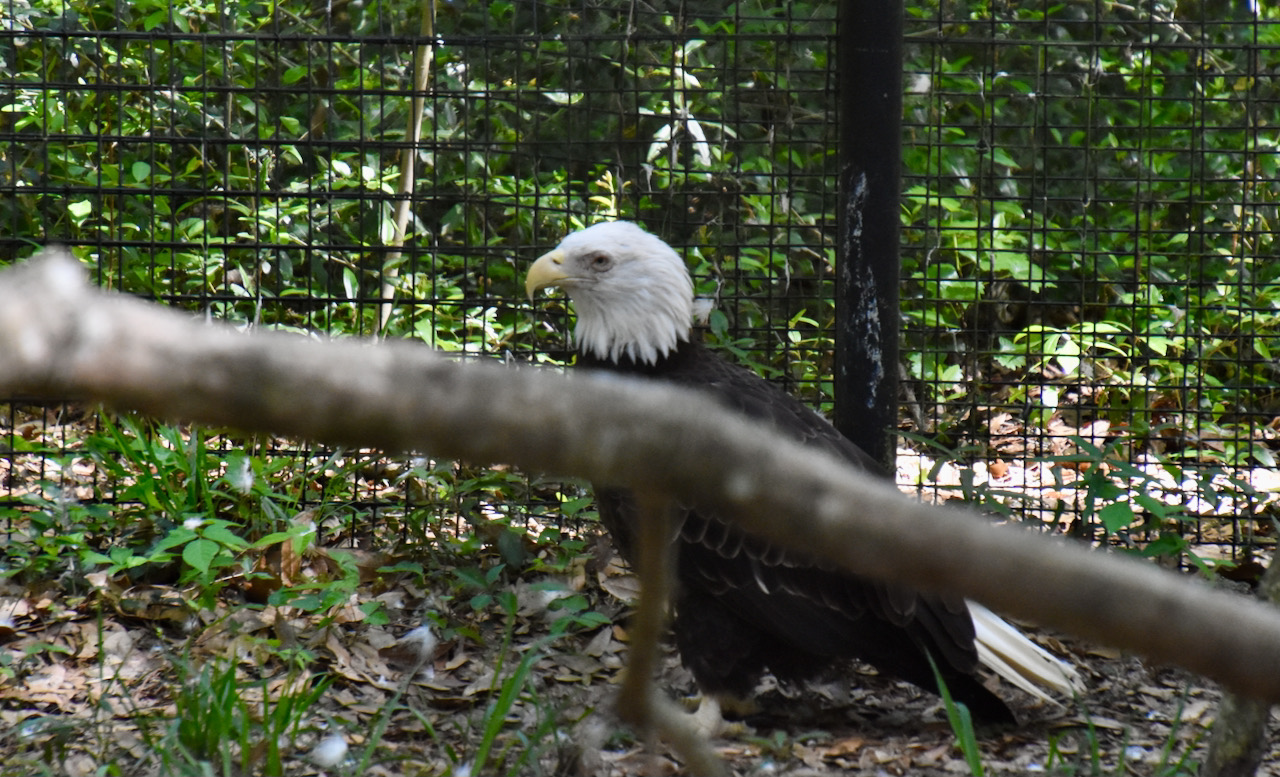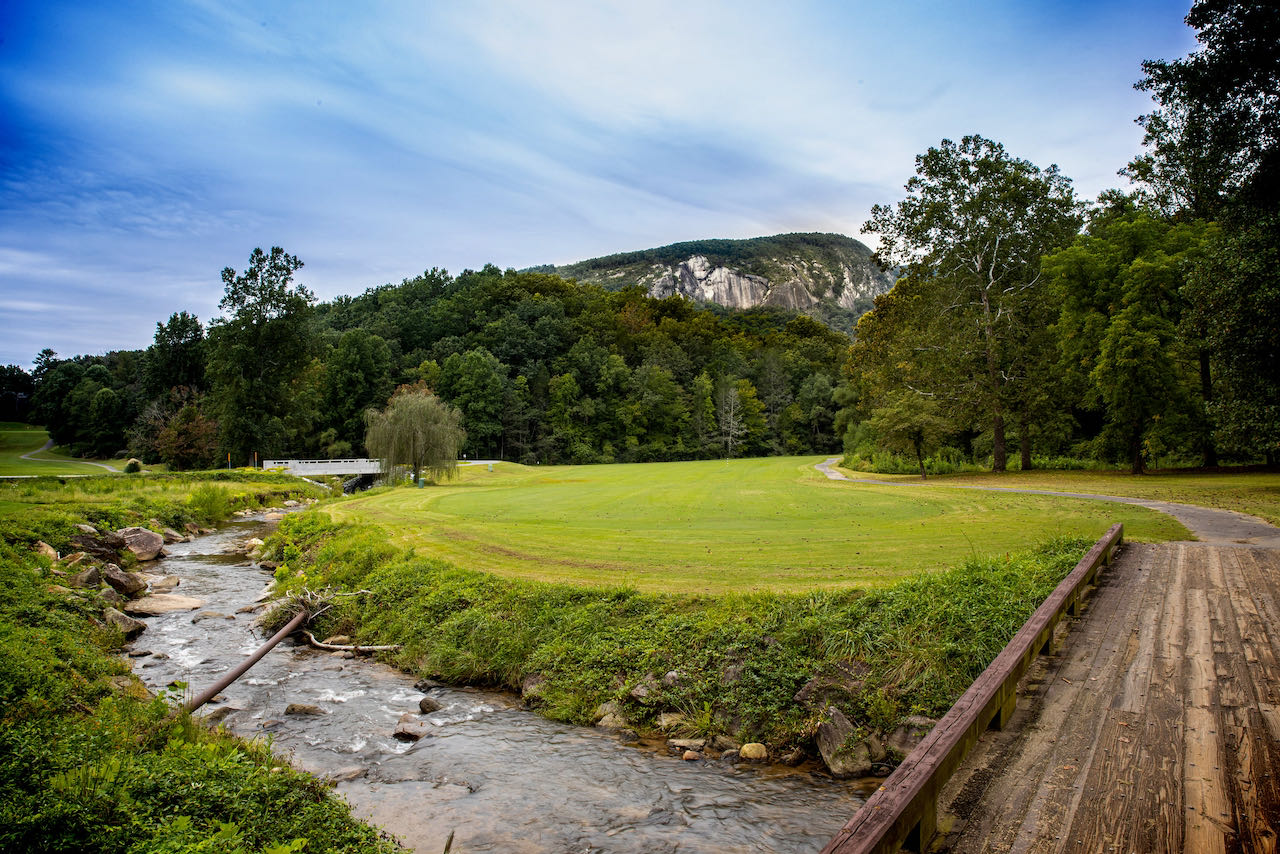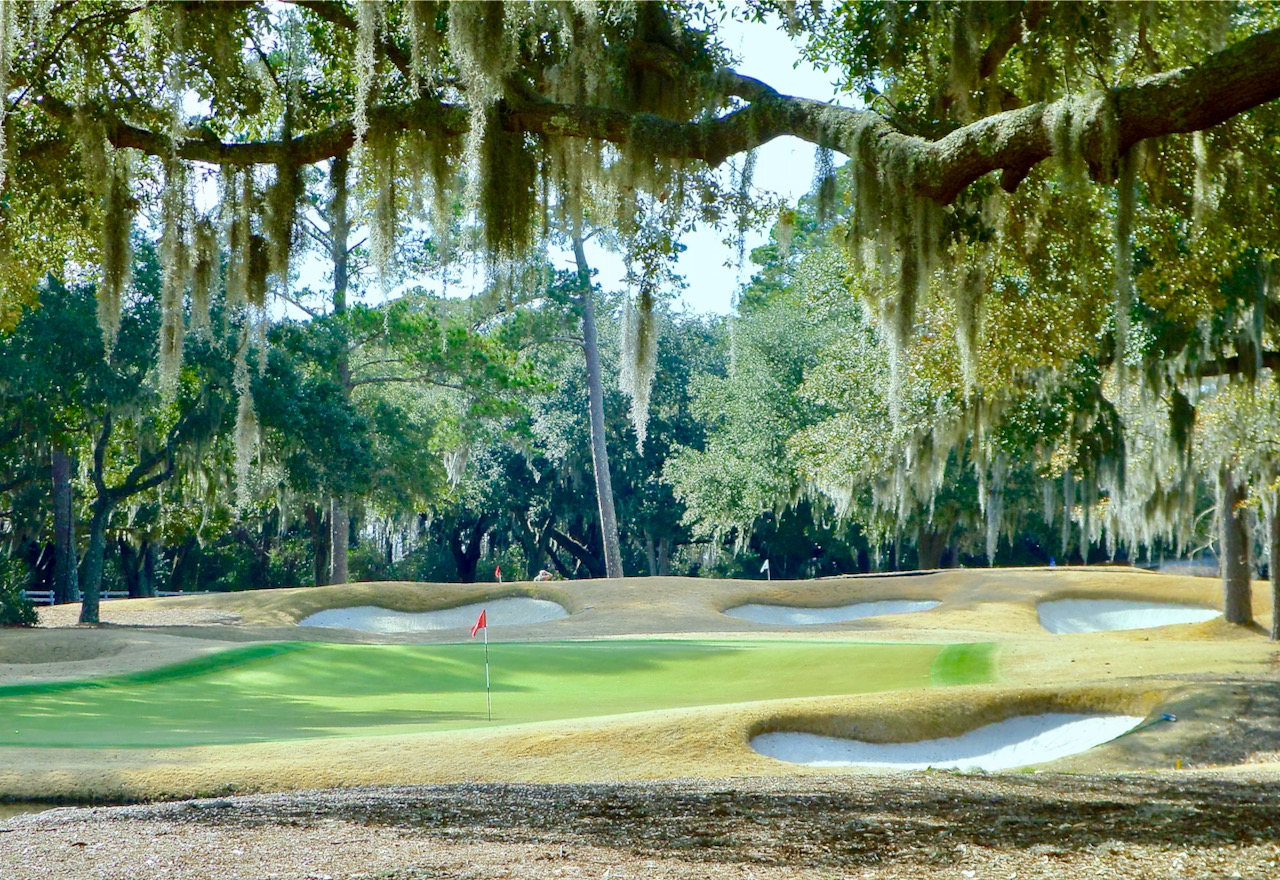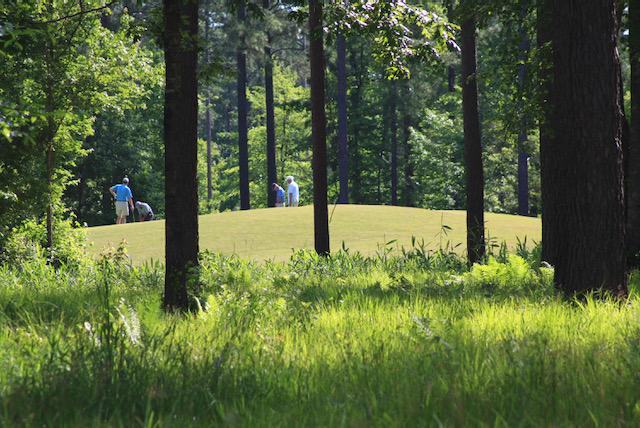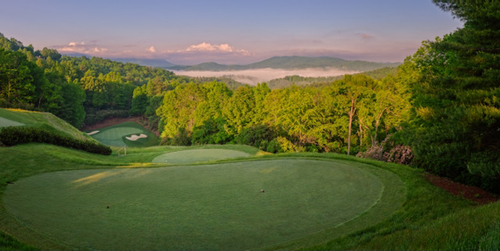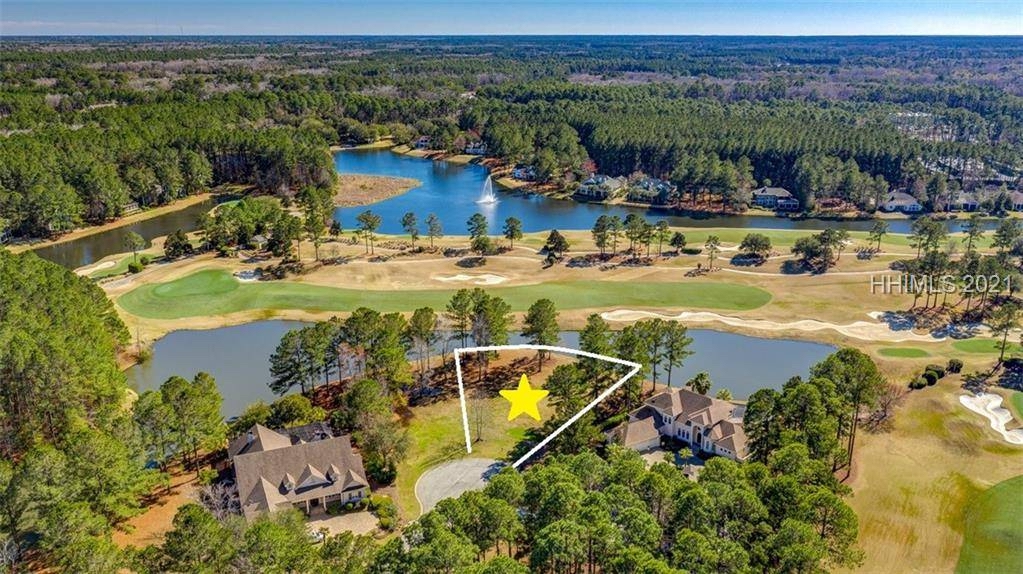Our friend and occasional real estate agent provocateur, Toby Tobin, the publisher of the popular Sunshine State blog GoToby.com, has referenced an interesting article in Business Insider, an online publication with a provocative point of view of its own. (Today’s headlines include, “Toxic Algae Is Invading The Shores Of A Topless French Beach”). The serious side to Business Insider includes interesting reports about the housing market, including data provided by the respected FISERV and Case-Shiller market indexes. The latest report from FISERV and Case-Shiller should put some wry smiles on the faces of Floridians who have watched their home values plummet since 2005.
According to Business Insider, the data predicts that six of the fastest
Lakeland, winter home to the Detroit Tigers baseball club, appears to have a tiger in its tank for the next five years. It holds down the #6 spot overall on the FISERV/Case Shiller list and should grow home values by 10.3% annually between now and 2016. Other Florida towns whose home prices are expected to grow impressively are Ocala (#7, 10.1%), Palm Coast (#10, 8.9%), Port St. Lucie and Panama City (tied at #11, 8.8%), and Melbourne (#13, 8.7%). In citing Lakeland’s strong anticipated price growth, the editors recall that prices there have dropped 55% since the peak of the market. Lakeland and other Florida cities had defied the laws of gravity for five decades; it was inevitable prices would fall at some point. But perhaps now the floor has been reached in Lakeland and selected other Florida cities cited in article.
Unfortunately, gravity and foreclosures keep exerting their pull in two
Back on the “best” markets list, that former mining town of Carson City, NV, tops the entire list, proving if nothing else that there still may be some gold in them thar hills. The data suggest an annual 11.9% increase in the state capital, and with uncertainty in the equities markets, Carson City could see an influx of real estate speculation. Of course, we know how that worked out for Miami with all those never-lived-in, foreclosed-on condos. And before you rush to the Internet to identify a Carson City real estate agent to represent you, consider another headline from the current Business Insider: “The Debt Ceiling Debacle Is Only The Beginning Of A Major Fiscal Crisis.”






